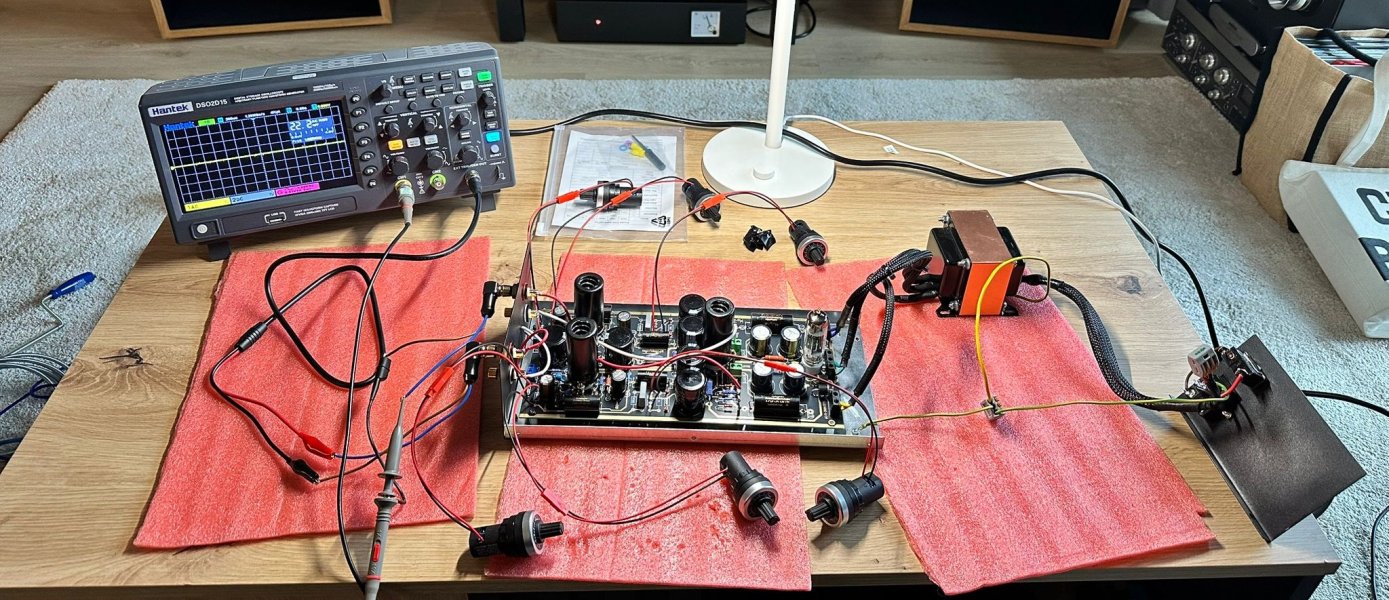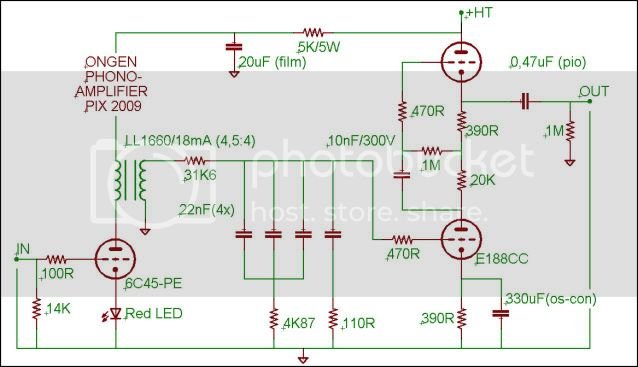Of course one could do that, but is there a solid reason to do it? My personal impression was that while the gain was on the low side, it was still more than sufficient with medium inductance head. I generally believe in the "less is more" philosophy when talking about audio circuits. Plus there is something to be said for the tube purity of that circuit.
Marantz 7 clone tape head preamp
- Thread starter adrianywu
- Start date
Similar threads
| Steve Williams Site Founder | Site Owner | Administrator | Ron Resnick Site Owner | Administrator | Julian (The Fixer) Website Build | Marketing Managersing |







